Have you ever wondered what it would be like to see God face to face? While the Bible tells us in John 4:24 that “God is spirit” and Exodus 33:20 warns that no one can see God and live, there are several extraordinary accounts of people who experienced profound divine encounters.
These remarkable stories of biblical theophanies physical manifestations of God reveal incredible insights about God’s character and His desire to connect with humanity.
In these sacred texts, we find eight amazing accounts of individuals who encountered God in various forms. From Moses’s intimate conversations with the Divine to John’s apocalyptic visions, each encounter transformed ordinary people into extraordinary servants of God.
Let’s explore these fascinating stories of divine interactions with humans and understand what they teach us about God’s nature and His relationship with His creation.
Moses: The Friend of God

Among all biblical figures who experienced divine encounters, Moses stands unique as the one whom God spoke to “face to face, as one speaks to a friend” (Exodus 33:11). His journey from an Egyptian prince to God’s chosen deliverer features several remarkable encounters with the Divine, beginning with the famous burning bush incident.
The pinnacle of Moses’s divine encounters occurred at Mount Sinai, where he received the Ten Commandments and the Law. During these meetings in the Tent of Meeting, Moses experienced an intimacy with God unparalleled in human history. Yet even Moses, this friend of God, couldn’t bear the full weight of God’s glory.
In a poignant moment described in Exodus 33:18:
Moses boldly requested, “Now show me your glory.”
God’s response reveals both His grace and the limitations of human nature. The Lord agreed but with a crucial caveat recorded in Exodus 33:21-23:
Moses could only see God’s back, not His face, while hidden in the cleft of the rock and covered by God’s hand.
The impact of these encounters manifested physically Moses’s face radiated with such intensity after speaking with God that he had to wear a veil when addressing the Israelites (Exodus 34:29-35).
This supernatural glow served as a visible testimony to the reality and power of these divine encounters.
Jacob: The Wrestler with God

One of the most intriguing divine encounters in scripture occurred at a place later named Peniel. Jacob, the son of Isaac and Rebekah, found himself in a pivotal moment of his life. After twenty years of working for his uncle Laban, marrying Rachel and Leah, and accumulating wealth, God commanded him to return to his homeland (Genesis 31:3). However, this meant facing his brother Esau, whom he had deceived years before.
On the night before meeting Esau, by the River Jabbok, Jacob experienced something extraordinary. Genesis 32:24-30 describes an all-night wrestling match with a mysterious figure who turned out to be God Himself. This physical struggle became a powerful metaphor for Jacob’s spiritual transformation.
“I will not let you go unless you bless me,” Jacob declared (Genesis 32:26), showing remarkable determination.
This encounter resulted in three significant changes: a new name (Israel), a physical mark (a dislocated hip), and a profound spiritual transformation. Jacob’s declaration:
“I saw God face to face, and yet my life was spared” (Genesis 32:30)
It marks this as one of the most intimate divine encounters in scripture.
Isaiah: The Prophet of God
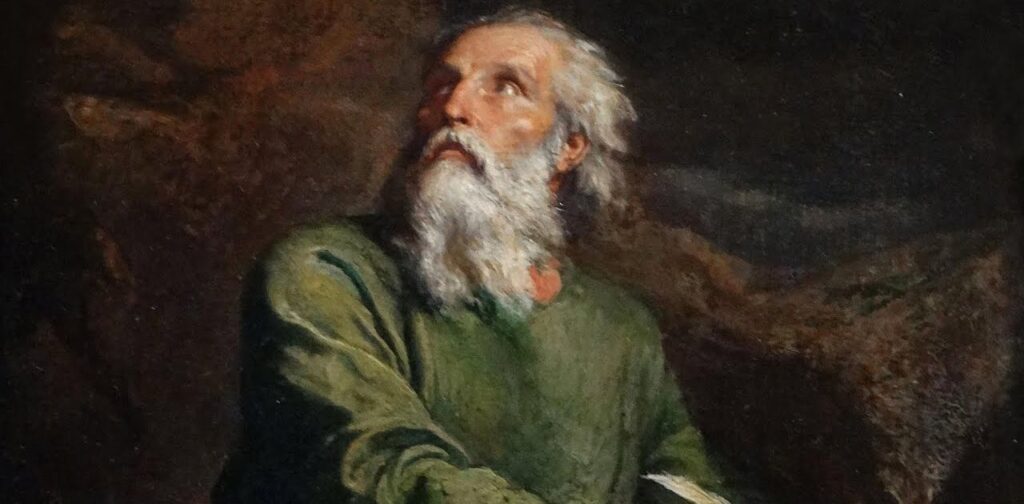
Isaiah’s vision of God in the temple stands as one of the most magnificent theophanies in the Bible. In the year King Uzziah died, Isaiah experienced a heaven-opening encounter that would define his prophetic ministry. The scene described in Isaiah 6:1-4 is breathtaking:
“I saw the Lord, high and exalted, seated on a throne; and the train of his robe filled the temple. Above him were seraphim, each with six wings… And they were calling to one another: ‘Holy, holy, holy is the Lord Almighty; the whole earth is full of his glory.'”
Isaiah’s immediate response reveals the natural human reaction to God’s holiness:
“Woe to me! I am ruined! For I am a man of unclean lips” (Isaiah 6:5).
Yet this encounter didn’t end in judgment but in cleansing, as a seraph touched his lips with a live coal from the altar, symbolizing divine purification.
Read Also : God Never Forgets You: 10 Powerful Bible Verses of Eternal Remembrance
Ezekiel: The Watchman of God
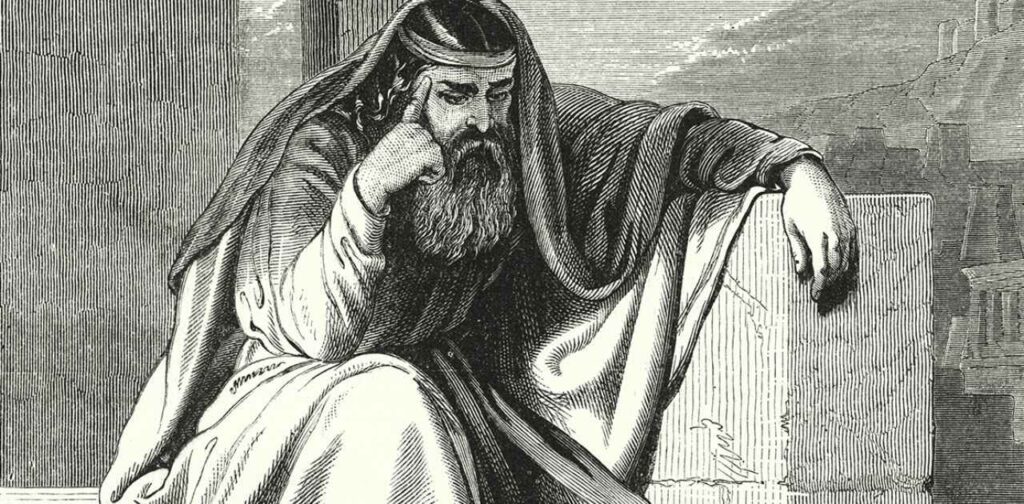
Ezekiel’s vision by the Kebar River represents perhaps the most elaborate theophany in scripture. His detailed description in Ezekiel 1:4-28 reads like a cosmic encounter beyond human comprehension.
The prophet saw four living creatures with multiple faces and wings, wheels within wheels full of eyes, and above all, a throne of lapis lazuli with a figure “like that of a man” surrounded by brilliant light.
This complex vision revealed God’s sovereignty and omnipresence. The wheels representing God’s ability to move in any direction, the multiple faces suggesting His all-seeing nature, and the rainbow-like radiance reminiscent of His covenant promises. When Ezekiel saw this glory, he “fell facedown” the only appropriate response to such divine majesty.
Daniel: The Beloved of God

During the first year of King Belshazzar’s reign in Babylon, Daniel received an extraordinary vision that stands unique among biblical theophanies. Unlike other prophets who served under rulers like Nebuchadnezzar, Darius, and Cyrus, Daniel’s vision provided a glimpse into heaven’s throne room itself.
In Daniel 7:9-10, he describes the Ancient of Days:
“As I looked, thrones were set in place, and the Ancient of Days took his seat. His clothing was as white as snow; the hair of his head was white like wool. His throne was flaming with fire, and its wheels were all ablaze. A river of fire was flowing, coming out from before him.”
This vision continues with the appearance of “one like a son of man” approaching the Ancient of Days (Daniel 7:13-14), a prophetic glimpse of Jesus Christ that bridges Old Testament prophecy with New Testament fulfillment. The Son of Man receives eternal dominion and an everlasting kingdom, revealing God’s sovereign plan for human history.
Stephen: The Martyr of God
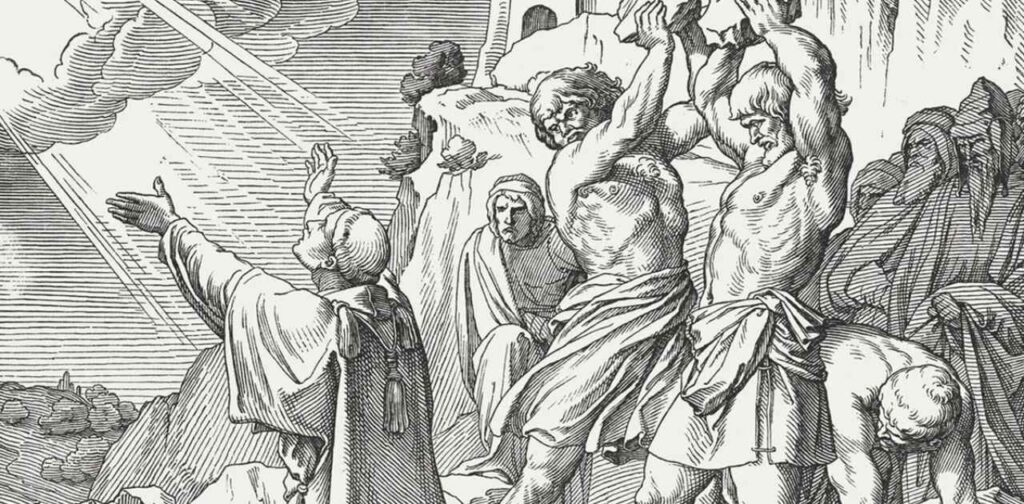
Stephen’s vision marks a significant transition in biblical theophanies, as he sees not just God’s glory but Jesus Christ standing at God’s right hand. As the first Christian martyr faced his accusers, Acts 7:56 records his remarkable declaration:
“Look, I see heaven open and the Son of Man standing at the right hand of God!”
This vision gave Stephen extraordinary courage in his final moments. Rather than focusing on his impending death, he followed Jesus’s example, praying for his persecutors:
“Lord, do not hold this sin against them” (Acts 7:60).
His final words:
“Lord Jesus, receive my spirit” (Acts 7:59)
Echo Christ’s own words on the cross, demonstrating how divine encounters transform ordinary believers into extraordinary witnesses.
Paul: The Apostle of God
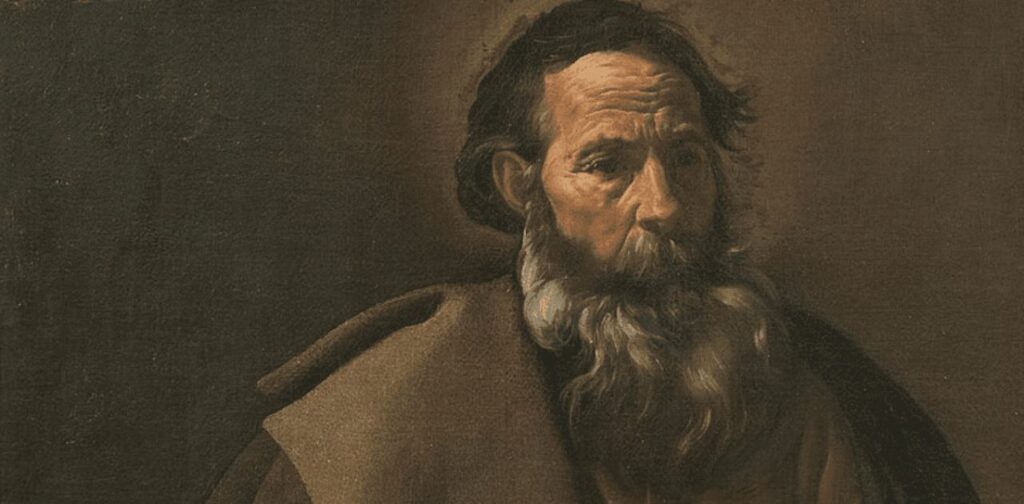
The Damascus road encounter transformed Saul the persecutor into Paul the apostle. This divine interaction stands unique among biblical theophanies as it represents God’s direct intervention to convert His most zealous opponent into His most ardent ambassador. The blinding light and personal conversation with Jesus Christ completely revolutionized Paul’s understanding of God’s plan.
This encounter fundamentally reshaped Paul’s theology and mission. The man who had pursued Christians with warrants from Jerusalem now pursued the Gentiles with letters of grace. His experience demonstrates how God’s presence doesn’t just change what we see it changes who we are.
John: The Beloved of God
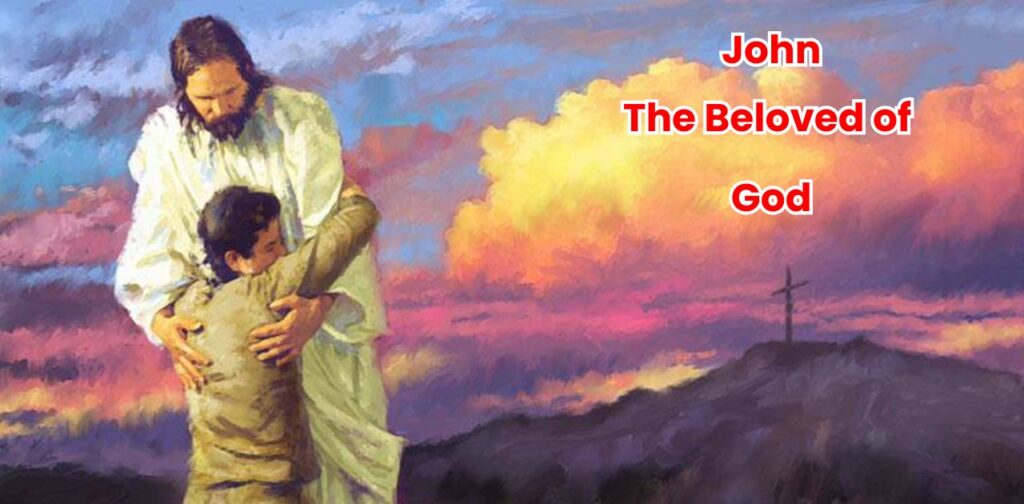
The Apostle John’s vision on the island of Patmos represents the most detailed description of the glorified Christ in scripture. As an exile for his faith, John experienced a divine encounter that would provide the church with its final written revelation. His vision combines elements from previous theophanies while adding new details about Jesus Christ’s eternal glory.
John describes seeing “someone like a son of man” with eyes like blazing fire, feet like bronze glowing in a furnace, and a voice like rushing waters. This majestic figure held seven stars and had a sharp double-edged sword coming from his mouth. The vision was so overwhelming that John “fell at his feet as though dead” yet Jesus gently touched him and said, “Do not be afraid.”
This encounter illustrates how divine visions often combine overwhelming majesty with intimate comfort. The Jesus who walks among the golden lampstands (representing churches) is both the sovereign Lord and the gentle shepherd of His people.
Common Threads in Divine Encounters

Throughout these eight remarkable stories, several patterns emerge in how God reveals Himself to humans:
Physical Effects: Nearly every encounter resulted in some physical impact Moses’s glowing face, Jacob’s limp, Paul’s temporary blindness. These served as lasting reminders of divine meetings.
Transformation: Each person emerged fundamentally changed. Moses became more humble, Jacob more righteous, Isaiah more bold, Paul more focused on grace.
Fear and Comfort: The initial reaction to God’s presence was often terror, followed by divine reassurance. This pattern shows both God’s holiness and His compassion.
Understanding Biblical Theophanies
These divine appearances reveal crucial truths about God’s nature and His relationship with humanity:
- God initiates the encounters
- Each revelation suits its recipient’s situation
- The experiences combine judgment and mercy
- Physical manifestations accommodate human limitations
- Every encounter has a larger purpose in God’s plan
Modern Application
While we might not experience physical theophanies today, these accounts offer valuable insights for our spiritual journey:
Humility: Like Moses and Isaiah, we must approach God with reverence and awareness of our limitations.
Persistence: Jacob’s wrestling match teaches us to persevere in seeking God’s blessing.
Transformation: Paul’s conversion reminds us that encountering God should change our lives completely.
Conclusion
These eight amazing stories of people who saw God physically in the Bible reveal both God’s majesty and His desire to connect with humanity. From Moses’s intimate conversations to John’s apocalyptic visions, each encounter shows how the infinite God makes Himself known to finite humans.
While we may not see God physically today, these accounts encourage us to seek Him earnestly. They remind us that God still reveals Himself through His Word, through prayer, through the Holy Spirit, and supremely through Jesus Christ.
As Hebrews reminds us, Jesus is “the radiance of God’s glory and the exact representation of his being.”
These divine encounters weren’t just historical events they’re patterns showing how God continues to work in human lives. Whether through dramatic visions like Paul’s or quiet moments like Moses’s, God still reveals Himself to those who seek Him with their whole heart.
The question isn’t whether God still shows Himself to people today, but whether we’re prepared, like these eight individuals, to respond when He does. Their stories inspire us to maintain holy reverence while pursuing intimate fellowship with the God who both transcends human comprehension and draws near to human hearts.
FAQ’s
Who in the Bible has physically seen God?
Eight notable figures saw God in various forms: Moses at Mount Sinai, Jacob at Peniel, Isaiah in the temple, Ezekiel by the Kebar River, Daniel in visions, Stephen before his martyrdom, Paul on Damascus Road, and John on Patmos.
Who saw God face to face?
Moses spoke with God “face to face” (Exodus 33:11), though he couldn’t see God’s full glory. Jacob also claimed to see God face to face at Peniel (Genesis 32:30).
Did Moses see God face to face?
While Moses spoke with God “as a friend,” he could only see God’s back, not His full glory, as God explained no one could see His face and live (Exodus 33:20-23).
Is God ever physically described in the Bible?
Yes, through various theophanies: Daniel saw the “Ancient of Days” with white hair and fiery throne; John saw Christ with eyes of fire and feet like bronze; Ezekiel described God’s throne as sapphire with rainbow-like brilliance.
How many people in the Bible saw God?
While eight major encounters are recorded in detail, others like Adam, Abraham, and various prophets had divine encounters. Each vision was unique and suited to God’s purpose for that person.
Did Isaiah actually see God?
Yes, Isaiah saw God “high and lifted up” on His throne in the temple, surrounded by seraphim, though this vision caused him to cry out about his unworthiness (Isaiah 6:1-5).
Read Also : 30 Positive Bible Verses for the Day

Multilingual faith educator exploring connections between language, spirituality, and dream symbolism.


















